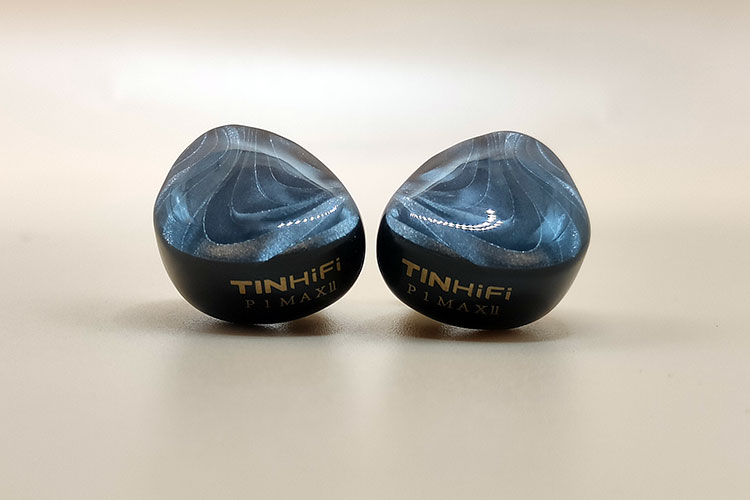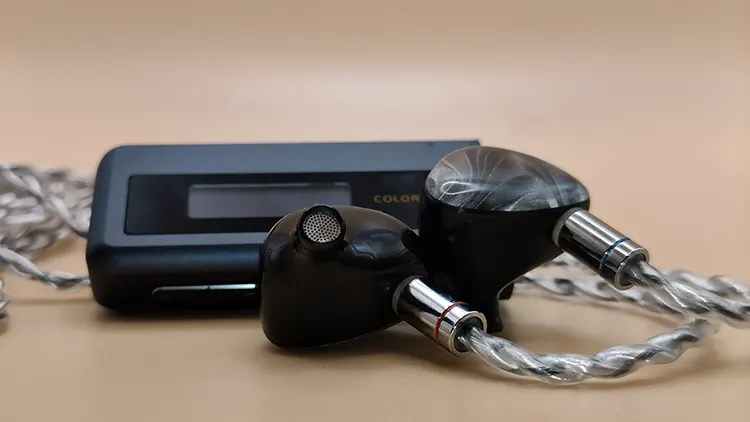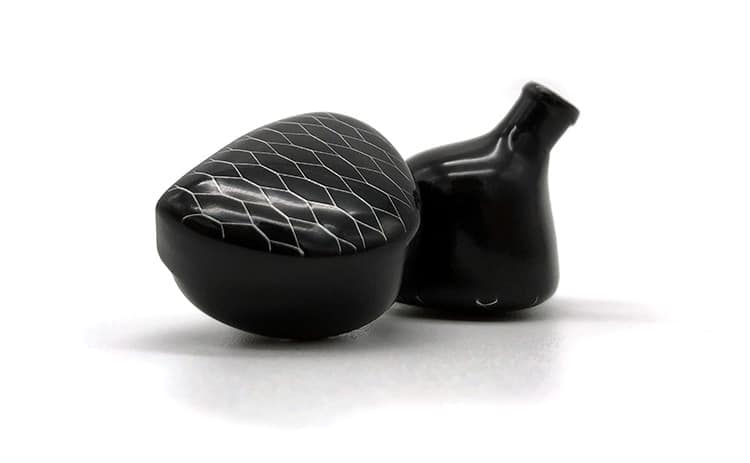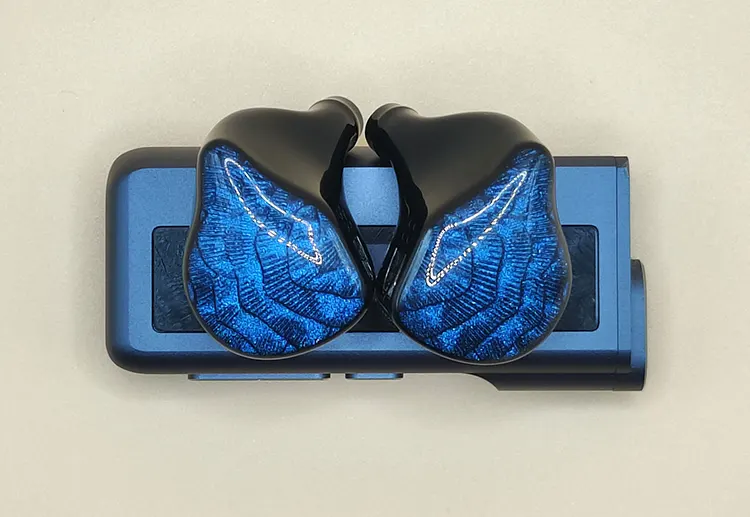Synergy
Efficiency
The TinHiFi P1 Max II’s impedance rating of 16Ω and a sensitivity of 98 dB/Vrms @1kHz will make it a relatively insensitive IEM. A normal phone with a 3.5mm jack would find it difficult to run this without a lot of power draw.
The low sensitivity will make it inefficient in drawing power. You’ll require more power than usual to make it reach its maximum potential.
However, any dongle, DAC, or device that I’ve used was able to power TinHiFi P1 Max II despite it being at 80% or more volume. If you have a lower-end dongle or DAC, this might be a concern.
Pairings
The TinHiFi P1 Max II wasn’t picky at all with my testing if you can supply it with enough power. I’ve used a phone with a 3.5mm, the FiiO KA11, and the Colorfly CDA-M2 for testing.
Dedicated DAPs will normally give you louder volumes at lower levels due to their implementation. This must not be confused with a better performance because if you increase the volume level with a dongle, it will sound the same.
Firstly, I gave it a try on a phone with 3.5mm, but it ended up at maximum volume before I could enjoy it. Secondly, I tested it on the Colorfly CDA-M2. The volume of the CDA-M2 is 45% volume while the laptop I was using was at 100% volume. The Colorfly CDA-M2 is a powerful DAC so this will power it with ease.
Lastly, trying the FiiO KA11, this dongle powered it adequately but the volume was rather high at 90%. The TinHiFi P1 Max II needs more volume headroom than you might think.
Select Comparisons
TinHiFi P1 Max
Technical
The TinHiFi P1 Max, like its successor, uses a 14.2mm planar magnetic driver. It’s also a dual N52 magnet construction.
Both have similar rate efficiency and sensitivity at 16Ω impedance and a 98 per 3 dB @ 1kHz sensitivity. Neither will be easy to run with normal gear. You’d need to have a pairing that has sufficient current and volume headroom to get enjoyable results.
Design
The TinHiFi P1 Max has a scale design similar to a snake on its faceplate. It’s named Giant Panda but it doesn’t resemble a panda, unfortunately.
The P1 Max uses resin for the shell and faceplate with a similar black finish to its successor. Arguably, the patterned design on the P1 Max II is more sophisticated looking compared to the flatter lattice design of the original version.
Performance
The P1 Max and P1 Max II are very similar in their tuning. The P1 Max II is a revision of the previous version with some tuning changes.
Their bass is quite similar, but the P1 Max II has a more potent sub-bass. I can hear the sub-bass presence a lot more compared to the P1 Max.
The big difference is in their mids and treble. The P1 Max II is brighter and borderline shouty actually. This does make the vocals sound more intimate which might fit other’s preferences more.
The P1 Max has a more recessed sound in its mids. That relaxed and darker sound is extremely relaxing and laid back and I can use it for long periods better.
The P1 Max doesn’t seem to have any sibilance and better detail retrieval whereas the P1 Max II is the opposite where its sibilance is apparent throughout the experience. The detail retrieval is not as good as the P1 Max either.
Overall, the P1 Max II wins in the bass, while the P1 Max does better with the treble. Who wins in the midrange will depend on your preference.
TRUTHEAR NOVA
Technical
The TRUTHEAR NOVA comes with a single dynamic and a quad-balanced armature driver setup. It has an impedance of 14.8Ω and a sensitivity of 123 dB/Vrms.
The 123 dB/Vrms sensitivity of the Truthear Nova will make it way more efficient than the TinHiFi P1 Max II in power draw. The 14.8Ω makes the Nova easier for weaker-powered plug-and-play devices so you have fewer concerns about matching compared to the P1 Max II.
Design
The Truthear Nova has a good design with a seashell-like pattern on its faceplate. I find it more unique to the eye compared to the more uniform black of the P1 Max II’s design.
The Nova also has a larger form factor with a long nozzle so ear tips will fit fine here without any slipping issues and provide a good seal.
Performance
They both do the bass quite similarly. They have strong bass performances which works for any genre of music.
The difference lies in how much cleaner the TinHiFi P1 Max II’s bass sounds. The TinHiFi P1 Max II has a stronger sub-bass presence whereas the NOVA has a better mid-bass slam. There’s no sense of muddiness in the bass, a trait more readily picked up in the NOVA performance.
The mids are where neither of them sounds good, just okay. The TinHiFi P1 Max II has a planar timbre that you can hear if you’re coming from a dynamic driver IEM. Meanwhile, the NOVA has a slight veil on its vocals that I can’t unhear.
However, the Truthear Nova does have a heftier note weight compared to the drier-sounding P1 Max II. The TinHiFi P1 Max II does sound way more musical and fun overall.
The treble doesn’t need any comparison. The Truthear Nova has better detail retrieval compared to the planar TinHiFi P1 Max II. The Truthear Nova has no sibilance and no bad upper frequencies too. Unfortunately, the TinHiFi P1 Max II has the sibilance issues.
My Verdict
TinHiFi’s refresh on their beloved TinHiFi P1 Max has brought new life to the series. Following a new bassy and brighter signature, the P1 Max II planar IEM is a unique twist on the original tuning.
Being more expressive and fun is a good choice to make. It makes listening to music way more enjoyable overall.
It’s an IEM that has its caveats, but if you’re fine with those then you’re left with a very musical sounding IEM. It’s perfect for a good chill listening session.
TinHiFi P1 Max II Technical Specifications
- Driver Type: One (1x) 14.2mm planar driver
- Plug: 3.5mm single-ended standard 0.78mm-2pin
- Frequency Response: 10Hz – 40kHz
- Impedance: 16@1kHz
- Sensitivity: 98 dB/Vrms





